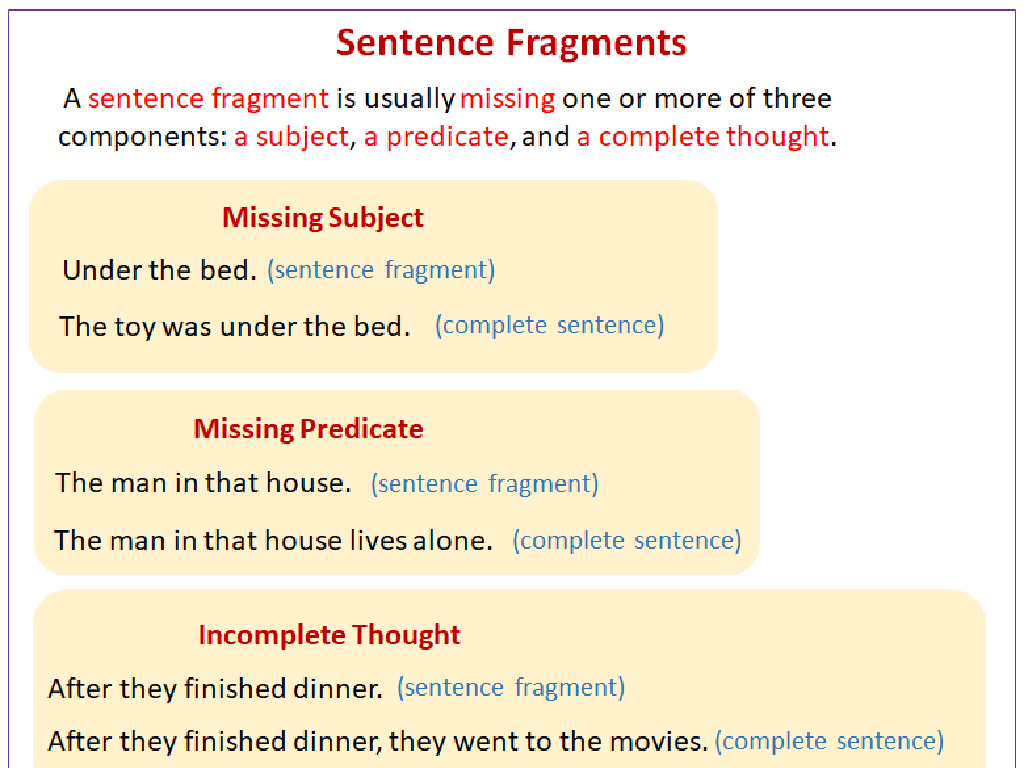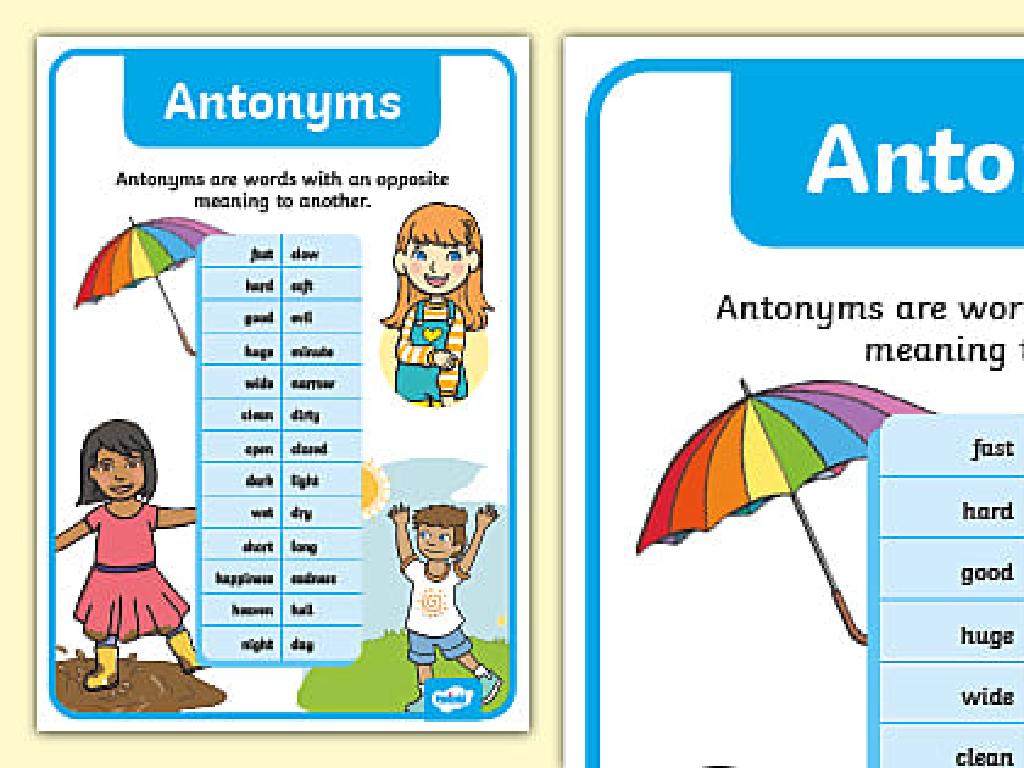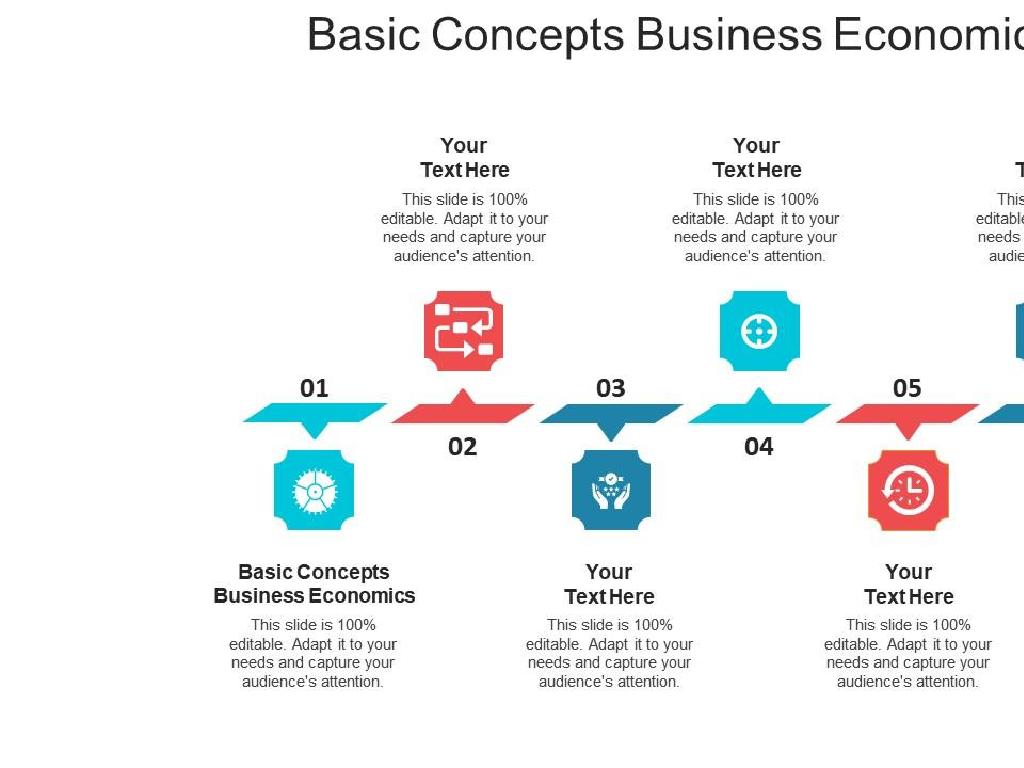What Decimal Number Is Illustrated?
Subject: Math
Grade: Fourth grade
Topic: Relate Fractions And Decimals
Please LOG IN to download the presentation. Access is available to registered users only.
View More Content
Understanding Fractions and Decimals
– Fractions represent parts of a whole
– Like a pizza sliced into 4 pieces, 1 piece is 1/4
– Decimals are another way to show parts
– Decimals use a ‘dot’ to show parts, like 0.25
– Every fraction has a decimal equivalent
– 1/4 is the same as 0.25; they are just two different ways to show the same amount
– Relating fractions to decimals
– Use division to convert a fraction to a decimal
|
This slide introduces the basic concepts of fractions and decimals and how they are interconnected. Begin by explaining fractions as parts of a whole, using tangible examples like slices of pizza. Then, introduce decimals as another method to represent these parts, emphasizing the use of the decimal point. Highlight that every fraction can be converted to a decimal, and vice versa, which is a crucial concept for understanding the relationship between the two. Provide examples of simple fractions and their decimal equivalents. Encourage students to practice converting fractions to decimals through division, reinforcing the concept that fractions and decimals are two sides of the same coin in representing numbers less than one whole.
Understanding Fractions
– Definition of a fraction
– A fraction represents a part of a whole
– Numerator and denominator
– Top number is the numerator, bottom number is the denominator
– Fractions in daily life
– Pizza slices, a glass of water, sharing candy
– Visualizing fractions
– Use images or objects to show parts of a whole
|
This slide introduces the concept of fractions to fourth-grade students. Begin with a clear definition of a fraction, emphasizing that it represents a part of a whole. Explain the parts of a fraction: the numerator, which indicates how many parts are being considered, and the denominator, which shows the total number of equal parts in the whole. Use relatable examples like slices of pizza or a glass of water to illustrate fractions in everyday life. Encourage students to visualize fractions by dividing shapes or objects into equal parts. This foundational understanding will help them relate fractions to decimals in future lessons.
Understanding Decimals
– What is a decimal?
– A number with a point that separates the whole part from the fractional part.
– Learning to read decimals
– Say the number before the point and then each digit after the point.
– Decimals in everyday life
– Money is a common example: $1.25 means 1 dollar and 25 cents.
– Practice with real examples
– Use price tags, measurements, and recipes to see decimals in action.
|
This slide introduces the concept of decimals to fourth-grade students. Begin with the definition, emphasizing the decimal point’s role in separating the whole number from the fractional part. Demonstrate how to read decimals, ensuring students understand to say the whole number first, followed by ‘point,’ and then each digit individually. Use relatable examples such as money to illustrate decimals in a context familiar to the students. Encourage them to find and share examples of decimals they encounter in their daily lives, such as in measurements or recipes. This will help solidify their understanding and show the practical use of decimals.
Relating Fractions to Decimals
– Fractions represent division
– Think of the fraction bar as a division sign
– Convert fractions to decimals
– Divide the numerator by the denominator
– Find equivalent fractions and decimals
– Some fractions and decimals are equal, like 1/2 and 0.5
– Practice with examples
– Use visual aids like pie charts to understand
|
This slide introduces the concept of fractions as a form of division and how to convert them into decimal numbers. Start by explaining that the fraction bar can be viewed as a division sign, which means that fractions can be converted to decimals by dividing the top number (numerator) by the bottom number (denominator). Highlight the relationship between fractions and decimals by showing equivalent pairs. Provide visual aids, such as pie charts or grids, to help students visualize the fractions and their decimal equivalents. Encourage students to practice with examples and reinforce the concept that fractions and decimals are two ways of representing the same value.
Visualizing Decimals through Fractions
– Fraction bars as decimal tools
– Fraction bars can be divided into 10 equal parts to represent decimals.
– Decimal grids show place value
– Each square in a decimal grid represents a place value, like tenths or hundredths.
– Match fractions to decimals
– Find equivalent fractions for 0.5 like 1/2 or 0.25 like 1/4.
– Practice with examples
– Use examples: Convert 3/10 to a decimal, or show 0.7 on a fraction bar.
|
This slide aims to help students visualize the relationship between fractions and decimals. By using fraction bars, students can see how dividing a whole into equal parts can represent a decimal. Decimal grids reinforce the concept of place value, which is crucial for understanding decimals. Matching activities help solidify the connection between fractions and their decimal equivalents. Provide students with hands-on practice, such as using physical fraction bars or drawing decimal grids, to enhance their learning experience. Encourage them to explain their reasoning as they match fractions with decimals to develop a deeper understanding.
Let’s Practice: Fractions to Decimals
– Convert fractions to decimals
– Use division to change 1/2, 1/4, 3/4 to decimals
– Identify decimal equivalents
– 1/2 = 0.5, 1/4 = 0.25, 3/4 = 0.75
– Group activity with fraction strips
– Work together to understand fractions
– Match strips to decimal labels
– Find the correct decimal for each strip
|
This slide is for a class activity focused on converting fractions to decimals. Start by explaining the process of dividing the numerator by the denominator to convert a fraction to a decimal. Provide examples of common fractions and their decimal equivalents. For the group activity, distribute fraction strips and decimal labels among the students. The task is to match each fraction strip with the correct decimal label. This hands-on activity will help solidify their understanding of the relationship between fractions and decimals. Possible variations of the activity could include using different sets of fractions, timed challenges, or having students create their own fraction strips and labels for peers to match.
Class Activity: Illustrating Decimals
– Create decimal illustrations
– Use paper and pencils
– Apply fraction strips
– Fraction strips help visualize fractions and their decimal equivalents.
– Share with the class
|
In this activity, students will create their own visual representations of decimal numbers using fraction strips. This hands-on approach helps solidify the concept of decimals and their relation to fractions. Provide each student with paper, pencils, and a set of fraction strips. Guide them to divide the strips into sections representing tenths and hundredths, and then shade the parts to illustrate different decimal numbers. Once completed, have students present their illustrations to the class, explaining the decimal number each strip represents. This will encourage peer learning and reinforce their understanding of decimals. Possible variations of the activity could include illustrating decimals found in daily life, such as money values, or comparing decimals using the fraction strips.
Wrapping Up: Fractions and Decimals
– Review of decimal concepts
– Homework: Fraction to decimal worksheet
– Complete the worksheet to convert fractions into decimals.
– Remember: Practice is key
– The more you practice, the better you’ll understand.
– Bring questions next class
– Any difficulties? Write them down to discuss.
|
As we conclude today’s lesson on relating fractions to decimals, remind students of the key points discussed. For homework, they should complete the provided worksheet which will reinforce their understanding of converting fractions to decimals. Emphasize the importance of regular practice to master this concept. Encourage students to attempt all problems and to note down any questions or difficulties they encounter. These can be addressed in the next class to ensure a solid grasp of the topic.






